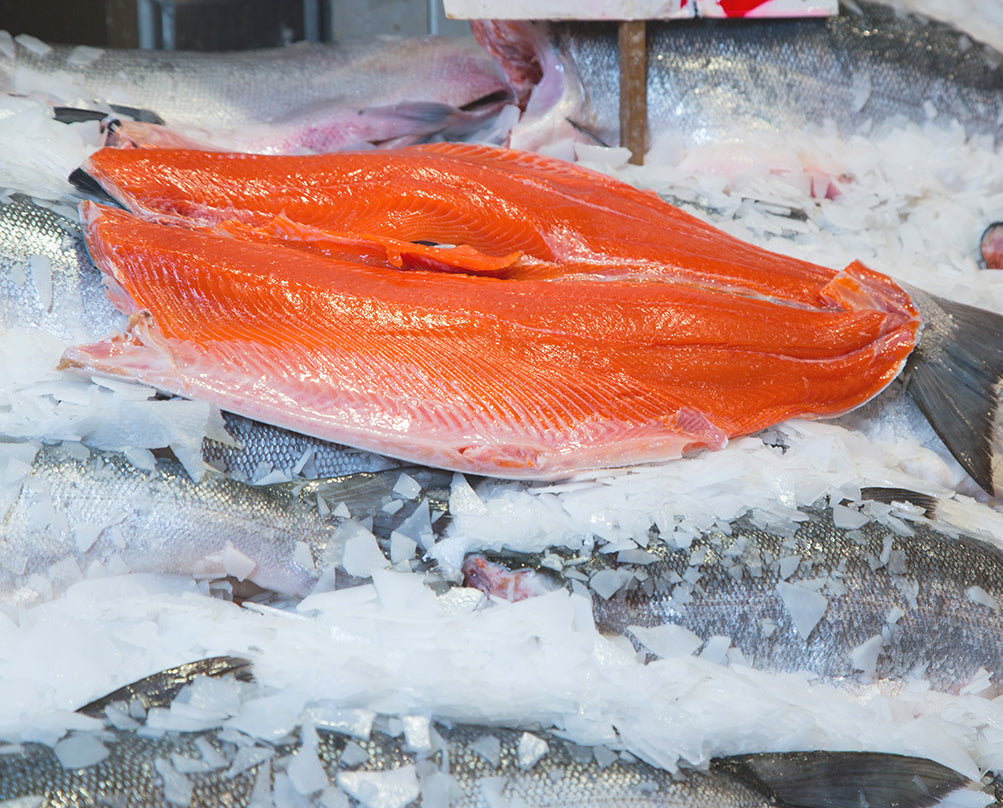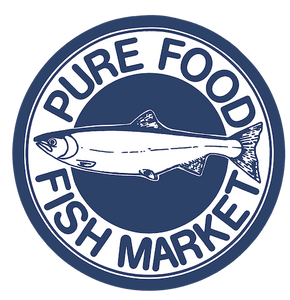FRESH BLOG
For all things Fresh Seafood, cooking inspiration, and more!

Seafood Buying Guide: The Different type of Salmon Explained
Salmon, with its gleaming, silvery skin and rich flavor, is beloved by seafood eaters everywhere, but all types of salmon are not created equal: the first step in making sure you’re happy with your salmon purchase is learning about all the different salmon types you might want to buy.
From the top of the salmon organization chart, there are two main categories: Atlantic salmon and Pacific salmon. All Atlantic salmon sold are farmed fish—there are no fisheries for wild Atlantic salmon—and, for the most part, are not sustainable or good for the wild salmon industry.
All the wild salmon and the different salmon types that you’ll want to get to know are types of Pacific salmon. They vary in where they can be caught and when, as well as in size, the color of the flesh, and how fatty the meat is—which is important to consider when looking at cooking time in recipes: a thick, fatty fillet of king will cook very differently than a lean, thin keta.
King (also called Chinook) salmon are the biggest, richest, and fattiest of the different types of salmon, and they bring that boldness to the table, making them a treat for salmon lovers and somewhat easier to cook than leaner versions.
The most flavorful of the different types of salmon are Sockeye or red—named for the stunning color of the flesh. For many people, the combination of the richness of Sockeye and the fish’s firm texture makes it a favorite, but everybody loves how good it looks on the plate.
Coho, or silver, is a bit milder in flavor than the larger types of salmon, which helps it to work as an excellent entry point for people newer or more hesitant about adding salmon to their diet. It also means they are very welcoming to the addition of smoke (from grilling) or a more complex sauce than king or Sockeye are.
Keta gets a bad rap among the different kinds of salmon—especially because it’s alternate names, chum and dog, don’t seem very flattering. But “dog” refers to a canine-like “tooth” on the male during spawning, and this fish can actually be quite good. Leaner than other salmon, keta cooks quickly, which makes it a good option for fast weeknight dinners.
The smallest and least common of the different kinds of salmon are pink or “humpy.” They are actually the most abundant type, but because they are small and mild, the meat doesn’t end up for sale as fillets too often—but when it does, the light and delicate flavor makes it a worthwhile purchase.


